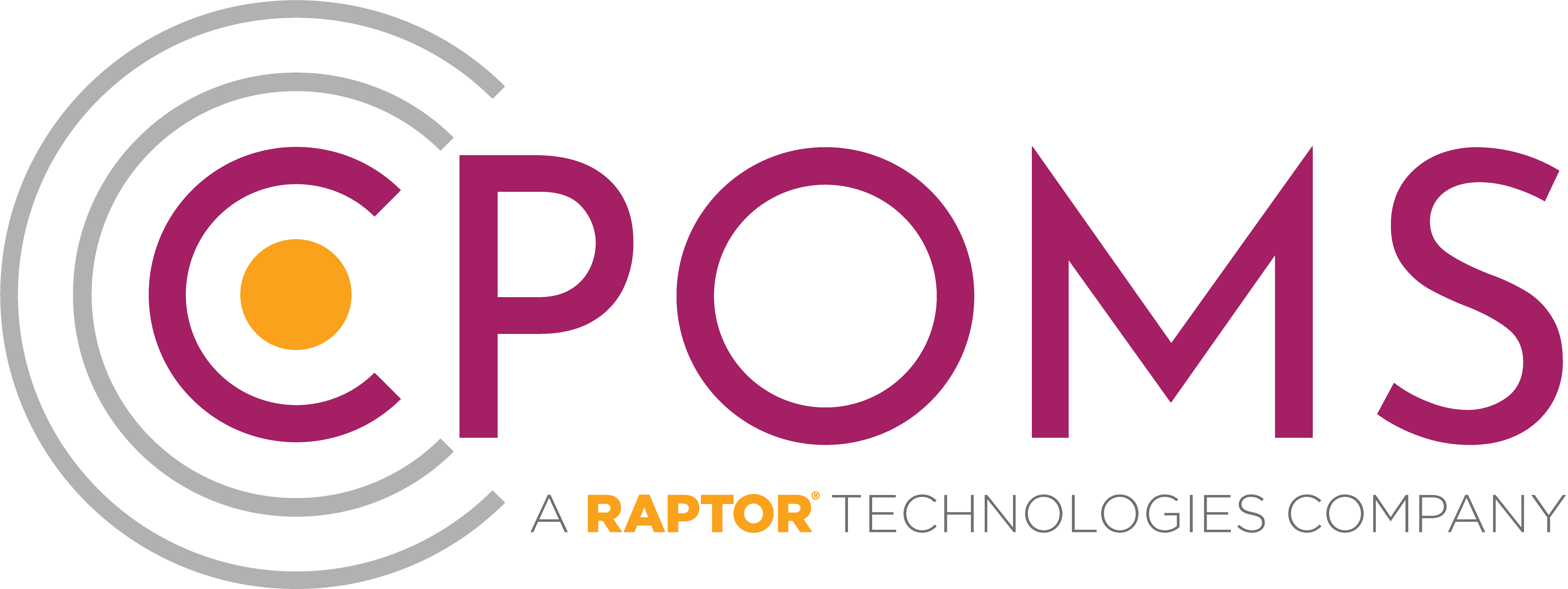Sam Eustace, Former DSL & CPOMS Senior Product Manager
Early Help is one of the most effective ways to protect children and support families before issues escalate. At its heart is a simple idea: if we provide the right support at the right time, we can prevent problems from reaching crisis point. When Early Help in schools is delivered well, it can transform outcomes for children and families.
Social care teams play a vital role when statutory intervention is required. However, a large proportion of meaningful work happens long before those thresholds are met. Schools are often the setting where this early, preventative support begins.
The Power of Relationships
Schools are not just places where children learn. They are communities built on daily contact, familiarity and trust. Families can feel overwhelmed with the pressures of an Early Help Plan; sometimes more than the pressure of the issues that brought the plan about in the first place. Acknowledging this and working with a family, rather than dismissing it as a necessary process and ignoring the small steps of engagement and success, goes a long way towards a successful outcome.
For many children, the adults they see most regularly outside their home are school staff. Teachers, pastoral teams, and support staff interact with pupils in classrooms, corridors, playgrounds and clubs. Over time, these consistent, everyday moments create relationships that few other services can match.
Trusted relationships in schools are at the centre of Early Help. Children are far more likely to share a concern with someone they feel safe with. That trusted person is not always the Designated Safeguarding Lead (DSL). DSLs have specialist knowledge and statutory responsibilities, but they cannot have the same connection with every child.
Sometimes, the most meaningful relationships form with adults in less obvious roles. It could be the lunchtime supervisor who always greets a child with kindness, the IT manager who offers a quiet space to talk or the sports coach who shows genuine interest. Schools that recognise these connections and the role of school staff in early help can reach children who might otherwise remain silent.
Early Help in Schools as Central Connectors
Schools often sit at the centre of the safeguarding network. They hold a wealth of information about children and families, from attendance data and behaviour patterns to the everyday interactions that give real insight into a child’s world. This perspective allows schools to act as a bridge between families and wider services, helping to ensure that support is coordinated and delivered when it is needed most.
When schools work closely with local Early Help partners, they can connect families to services in a way that feels supportive rather than intimidating. Acting early and proportionately helps to build trust and encourages families to engage voluntarily, which in turn reduces the need for more intensive intervention later on.
A Whole School Approach to Safeguarding
A strong Early Help approach involves looking beyond traditional safeguarding structures. Schools that actively identify a broad network of trusted adults create multiple opportunities for children to find someone they can talk to. By training and empowering a wide range of staff to notice, listen and share concerns appropriately, schools build a safeguarding culture where pupil wellbeing truly belongs to everyone.
This is not about replacing the role of the DSL. It is about recognising that different adults can play different roles in a child’s life and that these relationships can be powerful entry points for support.
Early Help Recording in Schools
Support in any form is valuable, but to make Early Help effective and sustainable it needs to be supported by strong recording and clear information sharing. Without this, key details can be lost, patterns may go unnoticed and opportunities to provide joined-up support can slip away. This is where CPOMS software makes a key difference.
CPOMS StudentSafe provides schools with a secure and intuitive platform to record the Early Help process in a structured and consistent way. User access controls and secure cloud-based reporting allow DSLs to easily share information with the right people and analyse trends over time. StudentSafe also supports customisable forms and integrated case management, helping to ensure that every piece of information contributes to a clear safeguarding picture allowing schools to provide the right support, at the right time.
CPOMS Engage works in tandem with StudentSafe to connect multiple settings and agencies at the local authority, acting as a bridge for secure and efficient information sharing. With Engage safeguarding practitioners remain informed and equipped with the ability to collaborate with alternative provisions, virtual schools and even the police, building a full and clear picture of each pupil’s wellbeing.
To learn more about how StudentSafe and Engage can support your setting in delivering effective early help, book a free demo today.




